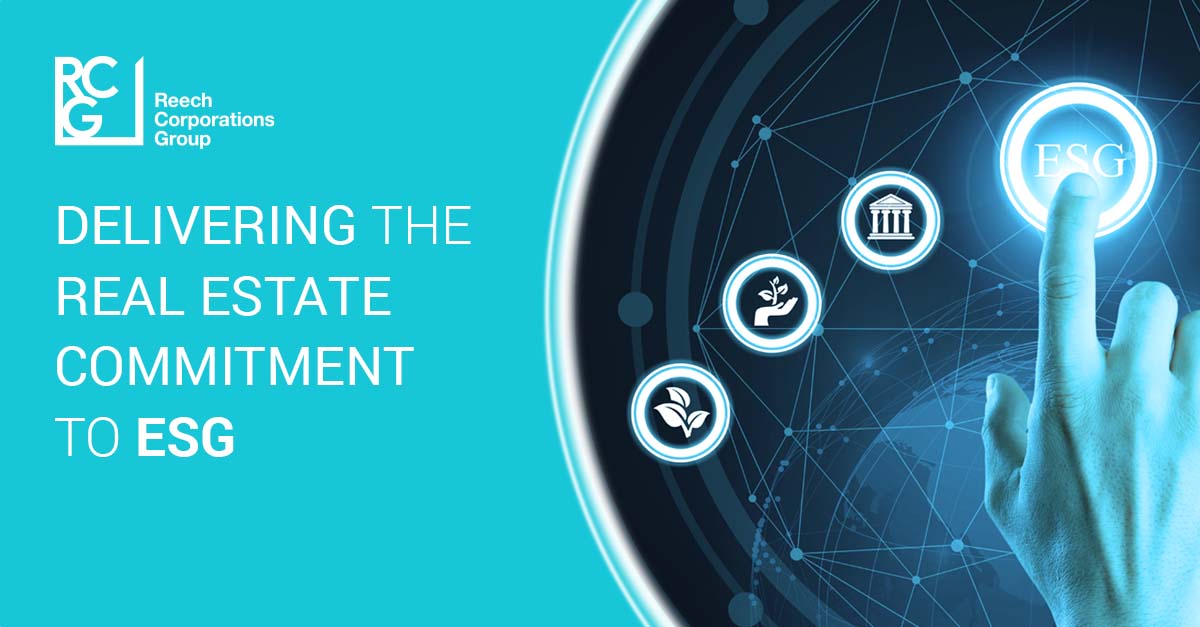
Buildings use more than 40% of the world’s energy and generate more than 36% of global CO2 emissions. Most properties in the UK are not even close to where they need to be to meet climate change targets. Fresh in our minds from COP26, how do corporate real estate owners and occupiers start to reduce that damning footprint of energy consumption and emissions and take the lead on the wider ESG agenda? And how do they track and evidence progress?
The challenges are complex.
First, Benchmarking where I am and where I need to be
Owners and occupiers are beset by an “alphabet soup” of competing, relatively generic standards and bedevilled by simplistic and imperfect vendor property datasets and benchmarks. Understanding where the market is, where they are and where they should be is not straightforward.
Second, Building management systems (BMS) which are siloed
Even where buildings are not entirely “undigitized” and do have some form of some tech-enabled BMS, these systems are almost exclusively non-integrated. So what we see for example, are siloed HVAC, CCTV, presence sensing, lift controls, water use and power monitoring, working in isolation. There will never be a single unified “Amazon of BMS”, but the key will always be to get systems to talk to each other. Only when you do that, can you begin to understand the bigger, “holistic” picture and feed that through into basic ESG reporting across practical, “real-change” areas, such as recycling, operational carbon, embodied carbon, net biodiversity gain amongst other factors.
Third, A deluge of structured and unstructured data, in particular as the deployment of Internet of Things (IoT) devices ramps up, but limited/no insight or value
The average cost of BMS implementation (as reported by Mid Atlantic Controls Group in 2021), is around half a million dollars for a 100,000 square foot property, assuming mid-point costings. As well as being a significant investment, this kind of big “set-piece” BMS implementation can also be extremely clunky and, as noted above, siloed. Unsurprisingly, many owners and occupiers are looking at deploying more agile, integrated and cost-effective IoT devices as a means of “switching on and connecting” undigitized estate. Industry estimates in 2019 forecasted the IoT smart buildings market to grow from $5.8 billion in 2019 to $61.9 billion by 2024, at a CAGR of 34%. Most corporate real estate legacy systems can handle structured data, but IoT data are increasingly unstructured, growing at twice the rate of structured data and already accounting for 90 percent of all enterprise data. This is a major issue for firms that cannot pool their structured and unstructured data and do not have the smart A.I.s required to drive insight and value from the pool.
To enable transformational change, what’s needed is something more powerful, comprehensive and connected “under the bonnet”.
To generate a truer ESG view and a basis for practical action, you need to bring together a range of conventional, alternative and adjacent data sources, triangulate between them and surface the insight. It’s a task that RE5Q’s powerful A.I.-driven data and technology platforms can get done.
We break it down into three phases Integration, Enrichment and Actionable Insight. Importantly, because of the power of the platform we have built, these phases can, with a clear client mandate and support, be moved through very rapidly and in parallel rather than the months or years of a typical big set-piece, sequential BMS implementation.
Integration
The first step is incredibly important. At RE5Q, we use our smart, A.I.-powered integration software to link the data from point solutions (CCTV, HVAC etc), creating a more holistic, unified view across all existing systems. Typically, this can be done without additional wiring or hardware and, effectively, immediately makes non-digitised estate, smarter. We can also advise owners and occupiers on next generation low-cost wire-free sensors/smart controllers and other IoT deployment to enrich the dataset and enhance efficiency, again all done on an integrated basis.
Enrichment
Second, we work with clients to identify and create adjacent datasets beyond the existing point solutions to enrich the insights. We have a comprehensive stack of our own A.I.-derived datasets, including embedded carbon computation that works with CAD and geospatial datasets of all renewable energy, charging points, power plants and landfills. Our A.I.s are trained to create new bespoke data-sets out of existing data sets, both structured and unstructured, which can be tailored to individual client needs and preferences.
Actionable Insight
Third, our smart A.I.s surface the insight from all of this data and these insights are then pulled through into a range of simple-to-read, customisable ESG dashboards available on mobile or desktop, built using gaming industry technology.
This effectively operationalises clients’ Net Zero and other ESG commitments, giving clients an “ESG mission control” at individual asset level or an entire estate in the palm of their hand that allows them to monitor, respond, track and report on customised real-time information, in real time.
Summing up, when we talk to senior leaders across the industry, they perceive the challenge as not necessarily getting hold of data, but making sense of it and turning it into actions that make commercial sense and create value for their businesses.
Owners and occupiers are experts in real estate, not, broadly, experts in data, but they can, absolutely, partner with the power and versatility of a real estate data and technology platform, like RE5Q, to handle this for them. This is particularly true in the “tough to triangulate” world of bringing positive practical change to ESG-challenged estates, a challenge that has never felt more urgent.
For more information on RE5Q’s ESG offering, please contact Oscar Thorne.